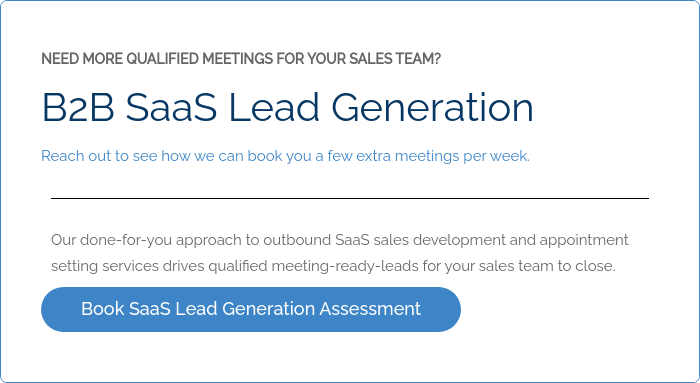The rapid rise of Software as a Service (SaaS) has revolutionized the way businesses operate. With new technologies and marketing strategies surfacing every day, staying ahead of the game is crucial.
In this blog post, we’ve compiled the 10 must-know SaaS marketing trends for 2025 that will help you stay competitive and succeed in the ever-changing landscape of SaaS.
Get ready to explore the transformative power of AI, the importance of personalization, the growth of influencer marketing, and much more!
Short Summary
-
AI and Machine Learning are transforming SaaS marketing, providing the ability to create hyper-personalized experiences and gain valuable insights into customer behavior.
-
Video marketing is essential for engaging audiences, demonstrating SaaS product value, and driving conversions.
-
Account Based Marketing (ABM) provides increased deal sizes, shorter sales cycles & improved alignment between departments. Influencer Marketing helps increase brand awareness & drive conversions. Customer Advocacy builds trust & loyalty while Mobile First Development creates a competitive edge in the market.
The Rise of AI and Machine Learning in SaaS Marketing
Artificial Intelligence (AI) and Machine Learning are no longer just buzzwords – they are shaping the future SaaS marketing trends. As a top SaaS marketing trend, these technologies enable hyper-personalization, artificial intelligence, automation, artificial intelligence and data-driven decision-making, revolutionizing the way SaaS companies connect with their customers.
By using artificial intelligence and leveraging AI and Machine Learning, businesses can refine their marketing strategies and gain valuable insights into customer behavior tracking, leading to increased conversions and customer satisfaction.
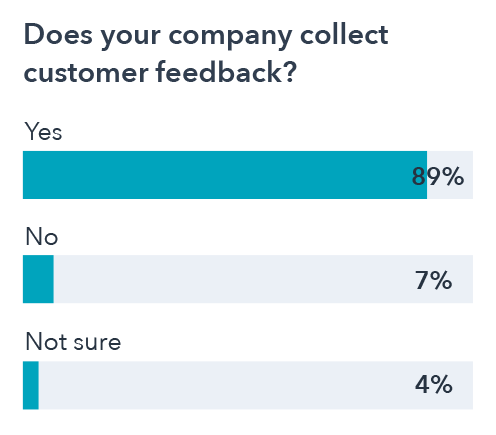
The Impact of AI on SaaS Marketing Trends
The influence of AI on SaaS marketing trends cannot be overstated. With the help of AI-powered tools, businesses can enhance their efficiency, target their audience more precisely, and improve customer experiences.
These tools can automate tasks that would otherwise require significant time investment, such as analyzing large volumes of data and executing data-driven marketing campaigns.
Utilizing AI-driven tools like ChatGPT or native banner ads, SaaS marketers can reach new heights in customer engagement and satisfaction.
Examples of Tools for SaaS Marketers
AI-powered tools offer a range of possibilities for SaaS marketers. From chatbots that provide personalized customer interactions to predictive analytics tools that help refine marketing strategies, the options are vast.
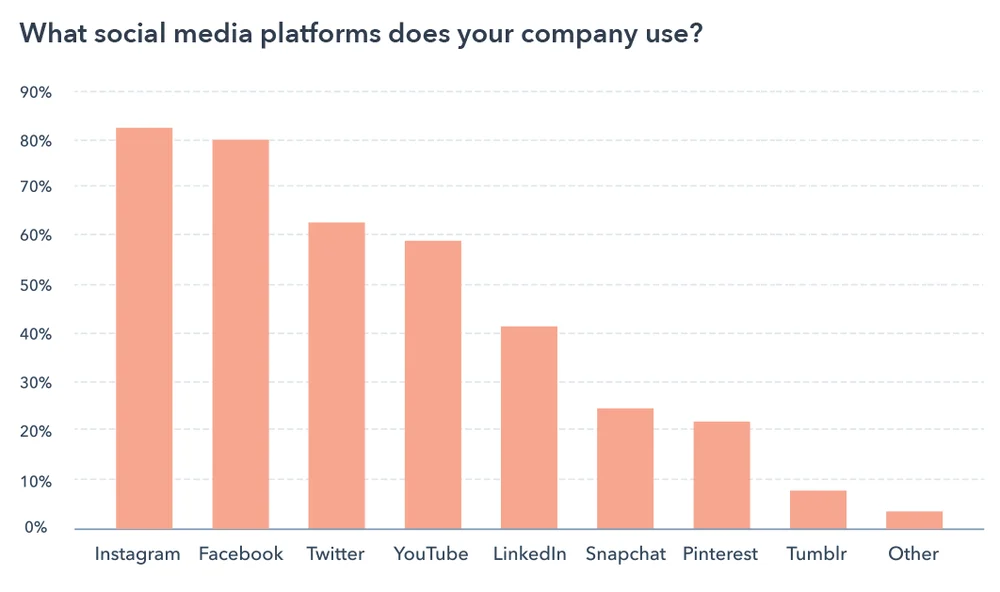
Some popular AI tools include Jasper AI and Persado for copywriting, Ahrefs and SEMrush for keyword and market research using, and Surfer SEO for content optimization.
Embracing these tools and staying informed about any SaaS marketing trend, SaaS brands can stay ahead of the curve and drive growth in an increasingly competitive market.
How to Implement AI in Your SaaS Marketing Strategy
Implementing AI in your SaaS marketing strategy requires a methodical approach. First, identify areas in your marketing where AI can add value or optimize existing processes. Next, select the appropriate AI-powered marketing tools that align with your business goals and target audience needs.
Finally, continuously monitor the performance of your AI-driven initiatives and adjust your strategies accordingly to ensure optimal results and customer satisfaction.
Embracing 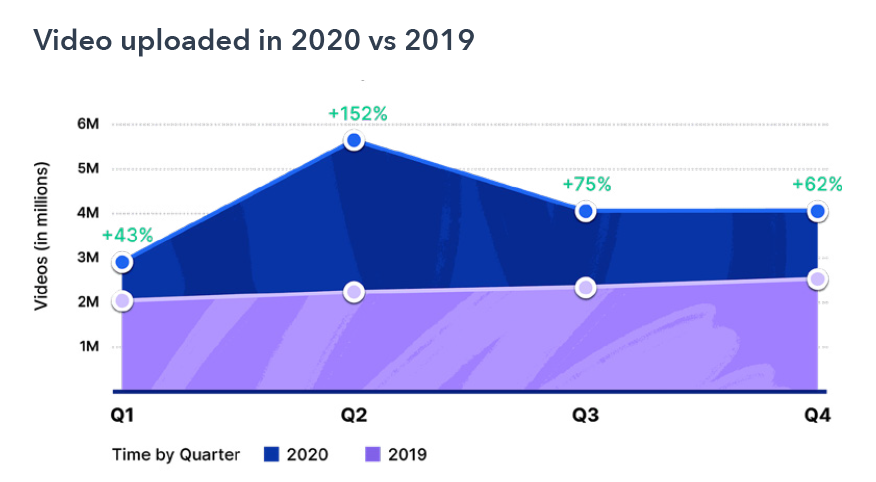
Video and feature marketing is an essential marketing tool, for SaaS platforms looking to showcase their SaaS products and engage audiences.
Compelling statistics showing that video accounts for over 82% of all internet traffic and 95% of B2B buyers considering video and feature marketing, when making purchase decisions, the importance of incorporating video into your SaaS and feature marketing, strategy is clear.
Crafting compelling video content that resonates with your target audience allows you to effectively demonstrate the value of your product and drive conversions.
Types of Video Content for SaaS Companies
To leverage the power of video content marketing, it’s essential to create content that caters to ai capabilities of your audience’s needs. SaaS platforms can benefit from various types of video content marketing, such as:
-
Product demos that illustrate the features and benefits of your SaaS product
-
Customer testimonials that provide social proof
-
Educational content that positions your brand as an industry thought leader
Creating diverse and engaging video content and marketing yourself across social media platforms and paid media channels enables you to attract, educate, and convert potential customers to your brand, landing page, or SaaS startup.
Best Practices for SaaS Video Marketing
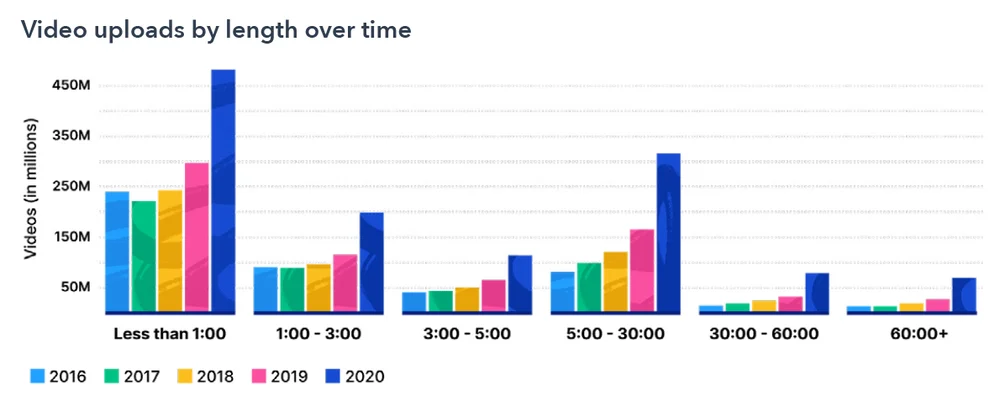
To maximize the impact of your SaaS video marketing efforts, follow these best practices:
-
Utilize storytelling to create an emotional connection with your viewers.
-
Optimize your videos for search engine visibility to reach a wider audience.
-
Leverage influencers to expand your reach and credibility.
Additionally, ensure your videos are mobile-friendly, as more users consume video content on their smartphones and tablets. Adhering to these best practices leads to the creation of a successful video marketing campaign that drives results.
Case Studies: Successful SaaS Video Marketing Campaigns
Successful SaaS video marketing campaigns demonstrate the potential of video in driving growth and engagement.
For instance, Dropbox’s “Work in Progress” video series showcases the company’s SaaS product features in a fun and engaging way, while Gusto’s “Sleepy Planet” video uses humor to highlight the benefits of their payroll software.
These examples show the power of video marketing in capturing the attention of potential customers, conveying the value of SaaS products, and ultimately driving conversions.
The Power of Personalization in SaaS Marketing
In today’s competitive SaaS trends landscape, personalization is key to standing out and building lasting relationships with customers using the SaaS marketing trend.
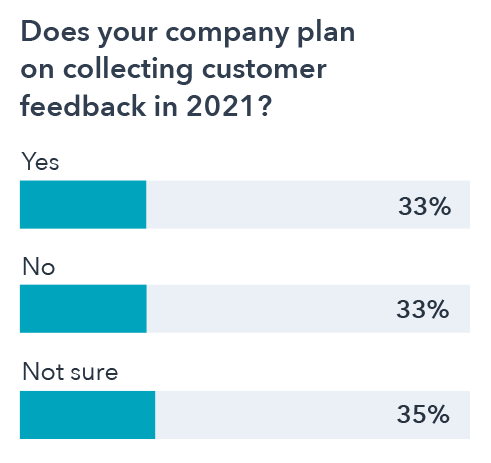
Customizing marketing strategies to fit individual customer preferences and behaviors, SaaS companies can increase customer satisfaction, loyalty, and conversions.
From personalized email campaigns to tailored SaaS product recommendations, the power of personalization in SaaS marketing should not be underestimated.
Benefits of Personalized Marketing for SaaS
Personalized marketing offers numerous benefits for SaaS companies using saas trends. Higher engagement rates, improved customer experiences, and better return on investment (ROI) are just a few of the advantages that come with personalization.
By delivering content that is relevant and engaging to each individual user, personalized SaaS marketing trend can foster trust and loyalty, ultimately leading to increased revenue and long-term customer relationships.
Delivering content that is relevant and engaging to each individual user, the personalized SaaS marketing trend can foster trust and loyalty, ultimately leading to increased revenue and long-term customer relationships.
Strategies for Implementing Personalization in SaaS Marketing
To implement personalization in your SaaS marketing strategy, follow these steps:
-
Segment your audience based on factors such as demographics, behaviors, and preferences.
-
Utilize dynamic content to deliver tailored messaging to each segment.
-
Leverage customer data to continuously refine and improve your personalized marketing efforts.
Focusing on these strategies enables you to create a more meaningful and effective digital marketing experience for your customers.
Tools and Technologies for Personalizing SaaS Marketing
Various tools and technologies can help SaaS companies personalize their marketing campaigns. Some examples include:
-
CRM systems: Can be used to track customer interactions and preferences, allowing companies to tailor their marketing messages accordingly.
-
Marketing automation platforms: Streamline the process of delivering personalized content to customers, ensuring that the right message reaches the right person at the right time.
-
AI-driven personalization engines: Analyze customer data and provide real-time, personalized recommendations, helping companies deliver a more personalized and relevant experience to their customers.
Utilizing these tools and technologies, SaaS companies can enhance their marketing efforts and provide a more personalized experience for their customers, with the help of a SaaS marketing agency. Implementing effective SaaS marketing strategies is crucial for success in this competitive industry and traditional affiliate partnerships.
Companies who leverage these tools and technologies create a comprehensive brand experience. In this way, a SaaS company can ensure a unique and engaging experience for their customers, just like other SaaS companies.
Account-Based Marketing (ABM) for SaaS Growth
Account-Based Marketing (ABM) is a powerful B2B marketing strategy that focuses on providing personalized messaging to high-value prospect accounts. Targeting specific accounts with tailored marketing campaigns, SaaS companies can achieve better return on investment (ROI) and improve customer retention.
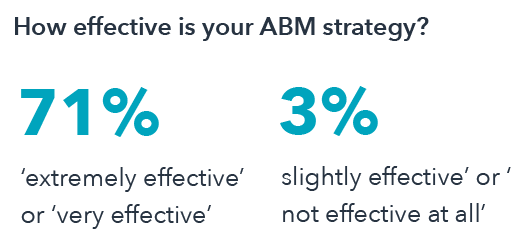
This targeted approach ensures that sales and marketing efforts are aligned with customer expectations, leading to increased efficiency and greater customer success, in the SaaS industry.
The Advantages of ABM for SaaS Companies
ABM offers several advantages for SaaS companies. Targeting high-value accounts with personalized messaging enables companies to achieve increased deal sizes, shorter sales cycles, and improved alignment between their marketing channels and sales efforts.
This targeted approach not only helps streamline the sales process, but also fosters trust and credibility among potential new and existing customers both, ultimately leading to long-term loyalty and growth.
Key Components of a Successful ABM Strategy
To create a successful ABM strategy, it’s essential to:
-
Identify high-value target accounts
-
Develop customized messaging that resonates with these accounts
-
Use data-driven insights to optimize your campaigns
-
Implement multi-channel engagement to reach your target accounts through various channels, increasing the visibility of your message and the likelihood of conversion.
Focusing on these key components, you can create an effective ABM strategy that drives results.
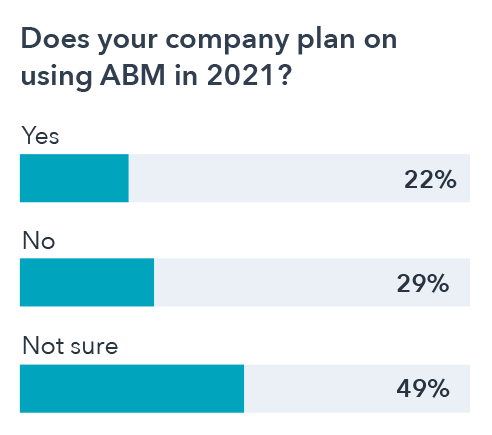
Tips for Implementing ABM in Your SaaS Marketing Plan
To successfully implement ABM in your SaaS marketing plan, start by setting clear goals and objectives. This will help you measure your success and adjust your strategy accordingly.
Invest in the right tools and technologies that will enable you to collect and analyze data, segment your audience, and deliver personalized messaging.
Finally, closely monitor your campaigns and track key performance indicators (KPIs) to ensure your efforts are yielding the desired results.
Influencer Marketing as a SaaS Growth Strategy
Influencer marketing and native advertising have emerged as powerful growth strategies for many SaaS companies. Using native advertising and paid ads, and leveraging the reach and credibility of various top social and media channels, social media sites themselves, platforms, and influencers, companies can tap into new audiences and gain potential new customers.
As more people turn to influencers for recommendations and advice, incorporating influencer marketing into your SaaS strategy can help boost brand awareness and drive conversions.
Types of Influencers for SaaS Marketing
There are various types of influencers that can be utilized in SaaS marketing, including industry experts, thought leaders, and niche influencers. Industry experts and thought leaders typically have a large following and are considered authorities in their respective fields.
Niche influencers, on the other hand, have a smaller but more engaged audience and can provide highly targeted exposure to promote SaaS products and SaaS pricing models.
Working with the right influencers, you can create authentic and engaging content that resonates with your target audience.
How to Choose the Right Influencers for Your SaaS Brand
When selecting influencers for your SaaS brand, it’s essential to evaluate their audience, expertise, and alignment with your brand values.
Start by examining their social media platform and researching SaaS influencers who have a following that matches your brand positioning and target audience’s demographics and interests. Assess their expertise, social media presence and credibility in your industry to ensure they can effectively promote your product.
Finally, ensure that the influencer’s values and messaging align with your brand’s identity to create a consistent, authentic and constantly evolving experience for your audience.
Best Practices for Collaborating with Influencers in SaaS Marketing
When collaborating with influencers in SaaS inbound content marketing,, follow these steps:
-
Set clear expectations and provide creative freedom to ensure authentic and engaging content.
-
Establish goals and objectives for the collaboration, and communicate them to the influencer.
-
Provide them with the necessary information about your product and brand, but allow them the creative freedom to present it in a way that resonates with their audience.
Finally, measure the results of the collaboration to evaluate its success and make adjustments as needed.
Customer Advocacy and its Impact on SaaS Marketing
Customer advocacy is a powerful marketing strategy that involves empowering your paying customers to become brand ambassadors. By encouraging customers to:
-
Share their experiences with your SaaS product through social media posts
-
Write online reviews
-
Refer your product to others
-
Provide testimonials
You can boost your brand’s credibility and reach new potential customers.
A strong customer advocacy program not only helps drive growth but also fosters long-term customer loyalty.
The Importance of Customer Advocacy for SaaS Companies
Customer advocacy is essential to customer success for SaaS companies as it helps build trust, credibility, customer success, and brand loyalty to retain customers. When creating a positive SaaS customer experience, even for existing customers, you can establish trust and credibility with potential new customers, ultimately leading to increased revenue and long-term customer relationships.
Furthermore, customer advocacy can help SaaS companies recognize customer needs and enhance their products and services, ensuring a competitive edge in the the public cloud services market.
Strategies for Building a Strong Customer Advocacy Program
To build a strong customer advocacy program, focus on the following:
-
Providing an exceptional customer experience
-
Creating a sense of community
-
Collecting feedback from customers regularly and making improvements based on their suggestions
-
Engaging with customers on social media
-
Hosting events to foster a sense of community and belonging.
Finally, reward your advocates with incentives like discounts, rewards, or exclusive access to products and services to encourage them to share their experiences and promote your brand.
Tools and Resources for Managing Customer Advocacy
There are various tools and resources available for managing customer advocacy, including:
-
Advocacy platforms help you identify and engage with your most loyal customers.
-
Social listening tools allow you to monitor and respond to customer feedback on social media.
-
Customer feedback systems assist you with gathering and analyzing feedback from your customers.
Customer feedback systems, such as SaaS surveys and focus groups, can provide valuable insights into customer needs and preferences, helping you enhance your SaaS product marketing to further refine your sales-ready messaging to better meet expectations for your ideal customer.
The Growing Importance of Mobile-First Development in SaaS
As the use of our mobile apps and devices continues to rise, the importance of mobile-first development in SaaS cannot be ignored. With users increasingly accessing SaaS products through their smartphones and tablets, it’s essential for companies to prioritize mobile accessibility and seamless user experiences.
Focusing on mobile-first development, SaaS companies can cater to the growing demand for mobile-friendly solutions and stay competitive in the market.
Challenges and Opportunities in Mobile-First SaaS Development
Mobile-first SaaS development presents both challenges and opportunities. Some of the challenges include adapting to different devices, optimizing for lead conversion performance, and ensuring security. On the other hand, opportunities lie in increased customer satisfaction, accessibility, and convenience for users who are constantly on-the-go.
By addressing these challenges and capitalizing on the opportunities as they get sticky across the broader digital marketing channels, SaaS companies can create a competitive edge and drive growth in the mobile devices space.
Best Practices for Creating Mobile-Friendly SaaS Products
To create mobile-friendly SaaS products, follow these best practices: Utilize responsive design to ensure your product looks and functions optimally across different devices and screen sizes.
Focus on intuitive navigation and fast loading times to provide a seamless user experience.
Also, minimize text input by implementing features like autocomplete, dropdown menus, and voice recognition, making it easier for users to interact with your product on mobile devices.
Case Studies: Successful Mobile-First SaaS Products
Success stories of mobile-first SaaS products highlight the potential for growth in revenue generation end user spending and customer satisfaction in the mobile space. For example, some successful mobile-first SaaS products include:
-
Duolingo
-
Trello
-
Slack
-
Hopper
-
Loom
-
Notion
-
Calendly
These products have all developed successful mobile-first SaaS products that cater to the needs of their users on-the-go.
SaaS businesses should focus on mobile-first development to expand their reach, increase user engagement and drive growth in the competitive SaaS market.
Sticky SaaS Marketing Trends
In conclusion, staying ahead in the rapidly evolving SaaS landscape requires understanding and embracing the latest SaaS trends.
By leveraging the power of AI and Machine Learning, embracing video marketing trends, personalizing your marketing channels, implementing account-based marketing, collaborating with niche influencers, fostering customer advocacy, you can drive growth and ensure your SaaS company remains competitive in 2025 and beyond.
Stay informed, stay agile, and seize the opportunities that these SaaS growth marketing trends may present to create a winning SaaS marketing strategy.
Frequently Asked Questions
What is SaaS marketing strategy?
SaaS marketing is an essential SaaS growth strategy for driving product-led business growth, enabling organizations to build awareness and sell software. It helps to bring products to market, position them, and create awareness around SaaS businesses.
It is a powerful tool for driving customer acquisition, engagement, and retention. It is powerful marketing tool can be used to create content, build relationships, and generate SaaS leads. It can also be used to increase brand visibility and build trust.
What is SaaS trend?
SaaS is an increasingly popular software distribution model that offers companies agility, cost-effectiveness, simplicity, user accessibility, security, and connectivity. It’s the go-to choice for many businesses due to its numerous advantages.
What is the prediction for the SaaS market?
The global SaaS market is predicted to exhibit a CAGR of 18.7% from 2025 to 2030, reaching USD 908.21 billion by 2030.
This is an impressive growth rate, and it’s clear that SaaS is a booming industry. SaaS companies of all sizes are taking advantage of the scalability and cost-effectiveness. As a copywriter, it’s important to understand the message posturing and language.
How do I promote my new SaaS?
Promote your new SaaS by offering a free demo or trial period, offering referral bonuses, using both content marketing and outbound marketing, using native ads, investing in native ads, paid searches native ads, advertising and paid for native ads together, and undertaking intelligent referral marketing.
Leverage influencers to spread the word and generate industry exposure through paid social media,, content marketing and SEO optimization.
What are the top SaaS marketing trends for 2025?
AI, Machine Learning, Video Marketing, Personalization, Account-Based Marketing (ABM), Influencer Marketing, and Customer Advocacy are the top SaaS trends that will shape 2025.

